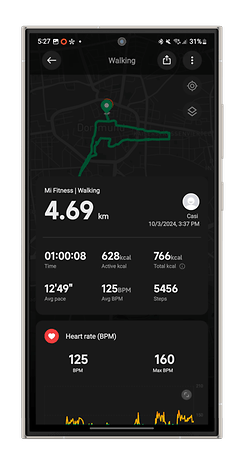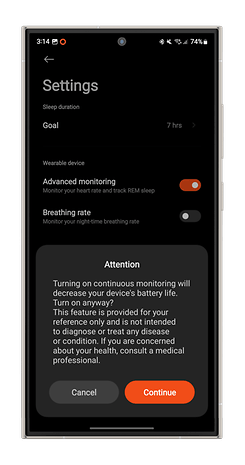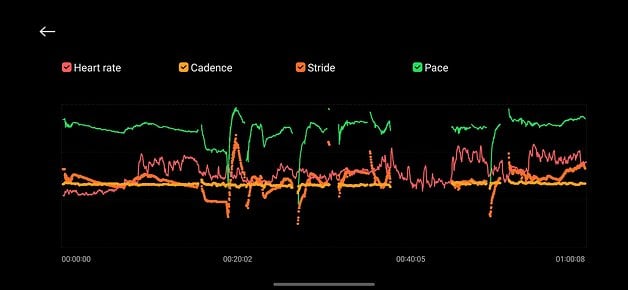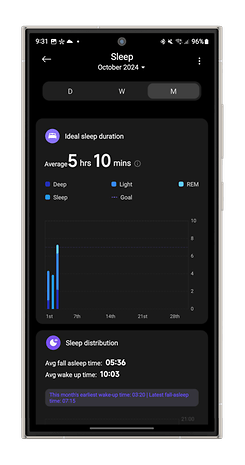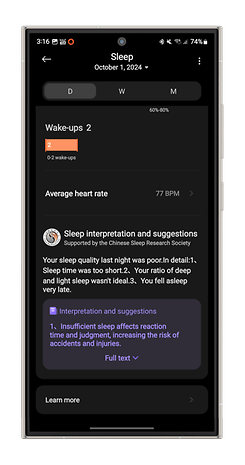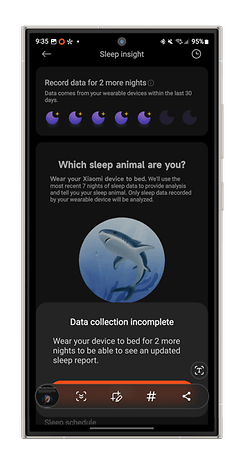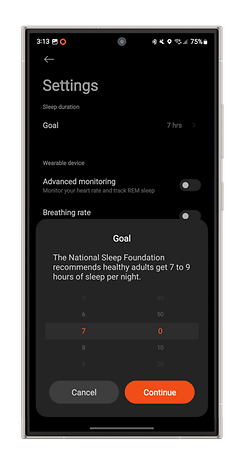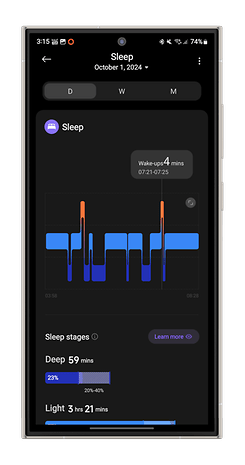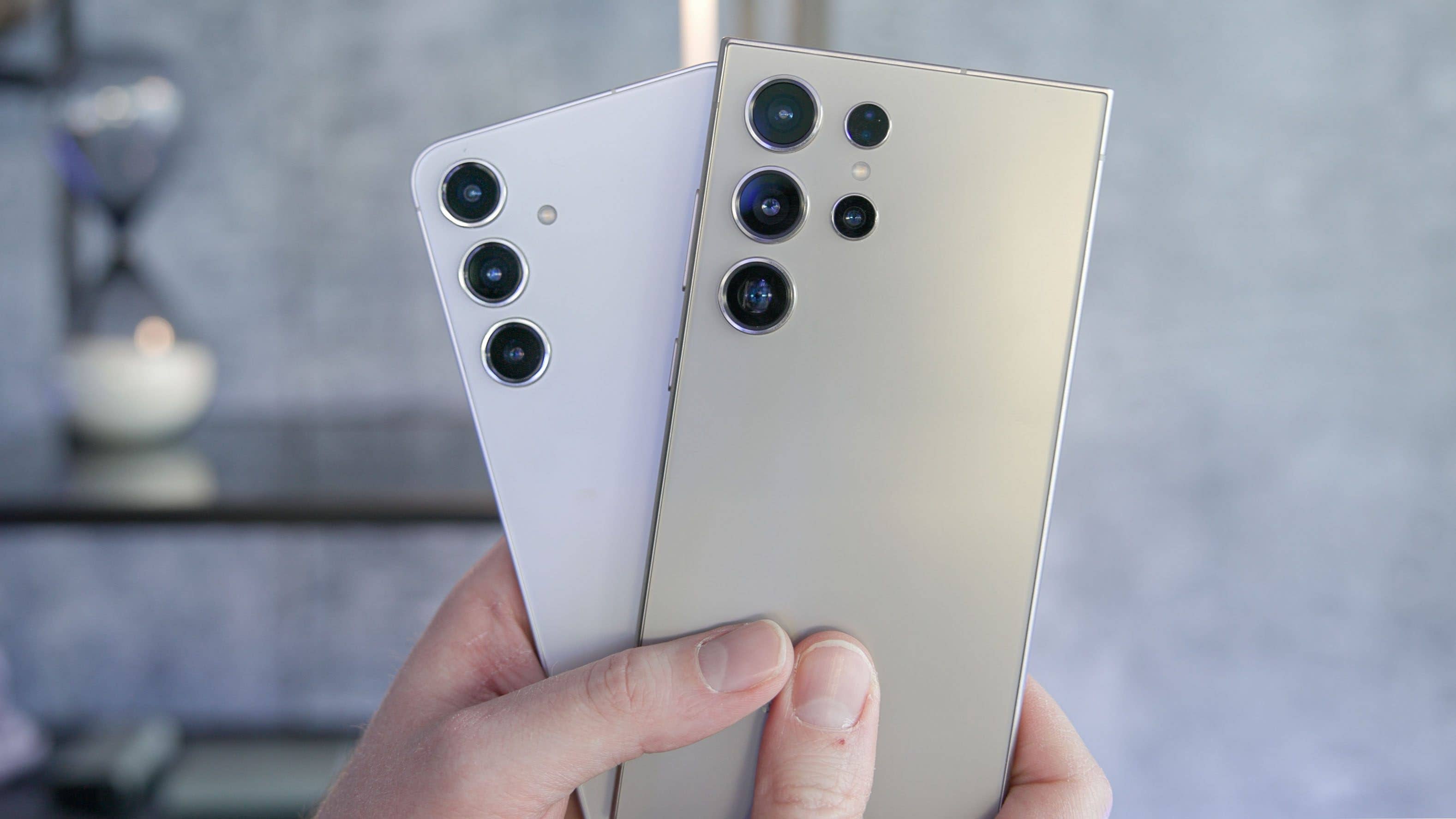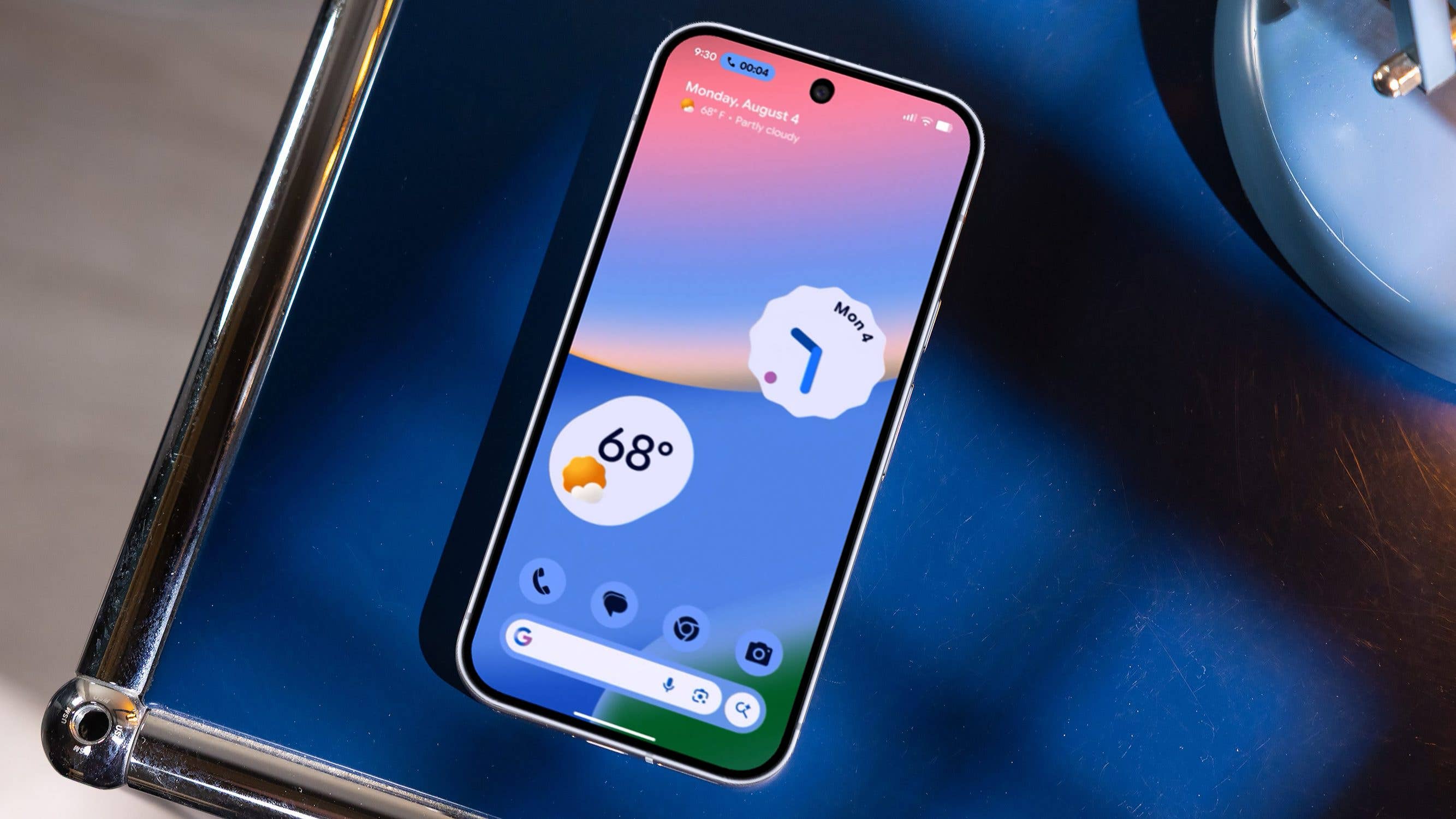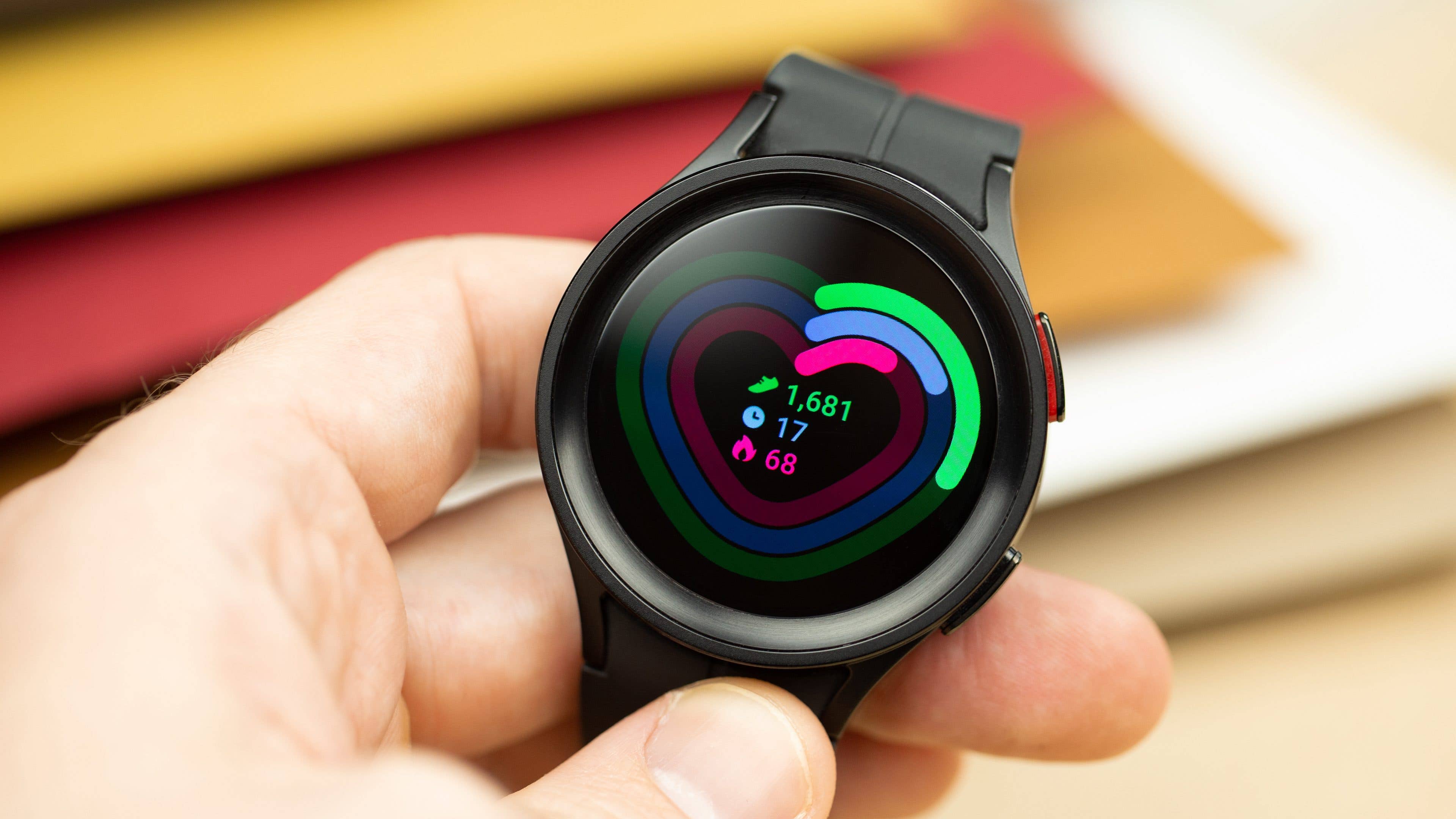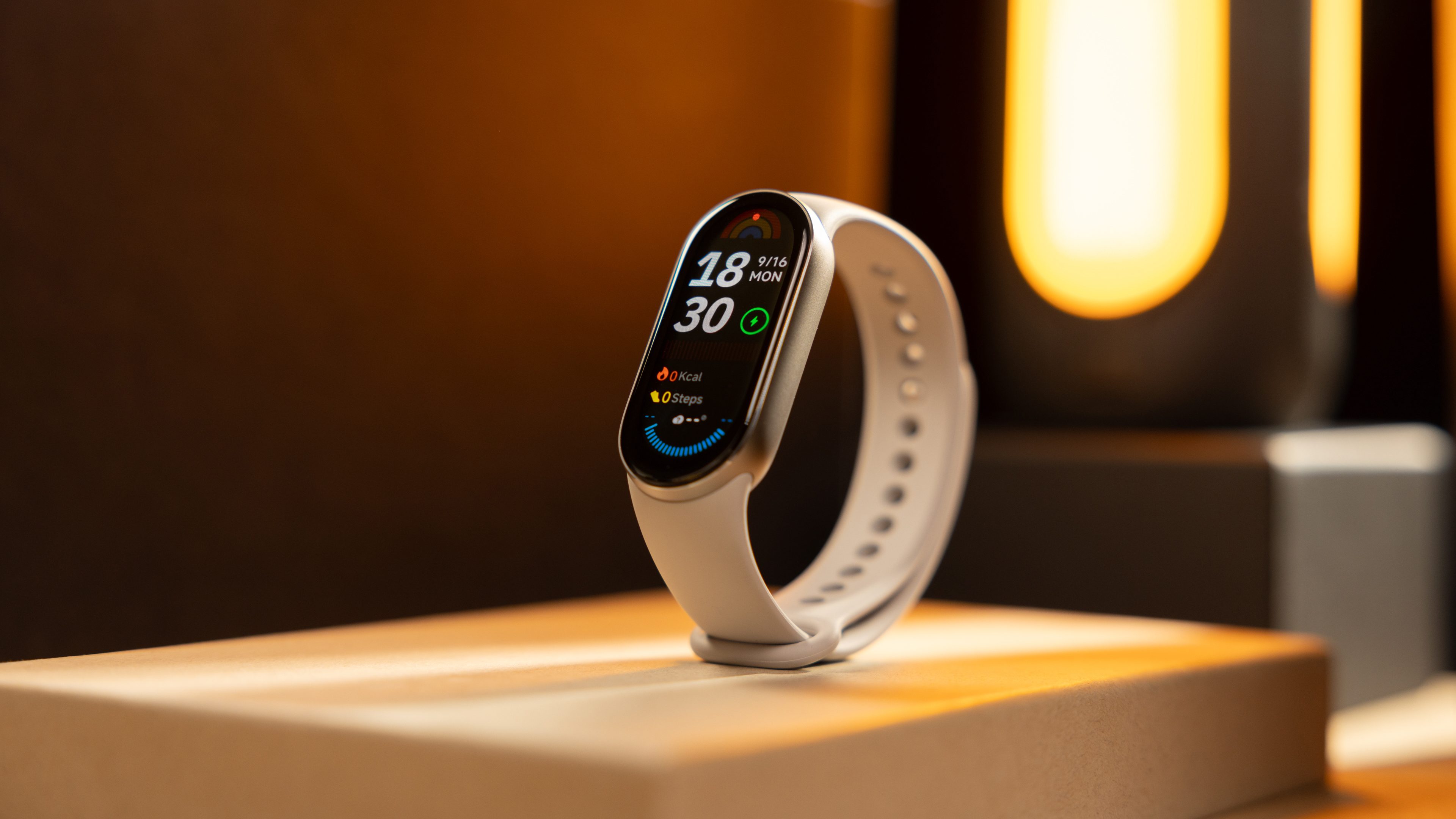
Every year, Xiaomi releases a brand new Smart Band fitness tracker. Without batting an eyelid, we are now staring at the Smart Band 9. As we review the Xiaomi Smart Band 9, we find out whether this sub-$60 fitness tracker brings things to a whole new level or if it has reached a point of stagnation.
Good
- Display is brighter than ever
- Aluminum frame
- Many sport modes
- Decent price
- Larger battery/better battery life
Bad
- Still no GPS
- Still no NFC
- Still no wireless charging
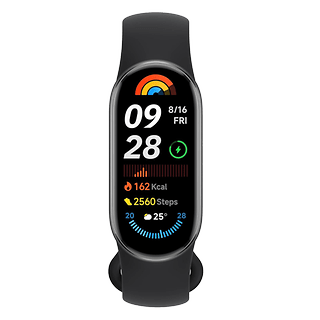

Xiaomi Smart Band 9: All deals
The Xiaomi Smart Band 9 in a nutshell
Unfortunately, the Xiaomi Smart Band 9 is a minor product update with just a few changes. It’s still one of the best affordable fitness trackers out there but I’m increasingly asking myself why Xiaomi does not include NFC connectivity at the very least. GPS is exclusively reserved for its Pro models such as the Xiaomi Smart Band 8 Pro (review). However, the display is significantly brighter and the battery has grown without the device getting any larger. In addition, sleep detection seems to be significantly improved and Xiaomi now offers its fitness tracker in an aluminum frame.
This means 2024 is also a year in which you can buy the $60 Smart Band from Xiaomi without hesitation. You won’t experience an evolution for the money, but you do get a fitness tracker that is worth every penny, better than its predecessor in every aspect.
Design, hardware and display
Visually, the Smart Band 9 is almost indistinguishable from its predecessor, although Xiaomi fortunately opted for an aluminum frame instead of plastic. The display is also the same size, but is now much brighter.
Pros:
- Brighter display.
- Slightly more compact housing.
- Aluminum frame instead of plastic.
- Waterproof up to 5 ATM.
- Improved vibration motor.
Cons:

One thing that is immediately obvious: the new Smart Band is approximately 1.5 mm shorter than its predecessor! Haha, just kidding! No one would notice this unless you were holding the Smart Band 9 and 8 right next to each other, and even then, it’s barely noticeable. Still, Xiaomi installed a larger battery and managed to shrink the device simultaneously, hats off to them for the effort.
At the same time, Xiaomi also retired the glossy plastic frame and now offers us a matte aluminum chassis. Nice move, Xiaomi! This chassis and the Smart Band 9 are available in five colors, namely Midnight Black, Glacier Silver, Mystic Rose, Arctic Blue, and Titanium Gray. Our review unit came in Titanium Gray. The chassis looks really cool, but the silicone strap remains a bit pale in its light gray shade.
Apart from that, everything remained the same in terms of design. That’s not bad news, because last year, everything was more or less perfect. That’s why the case is still water-resistant up to 5 ATM. You shouldn’t jump into the ocean with it or get shot at by water cannons. However, showers or running in the rain are definitely well within range.
Xiaomi tinkered with the vibration motor, which I like much better now. Before this, you felt like you were oscillating between “I don’t notice anything” and my arm being torn off.
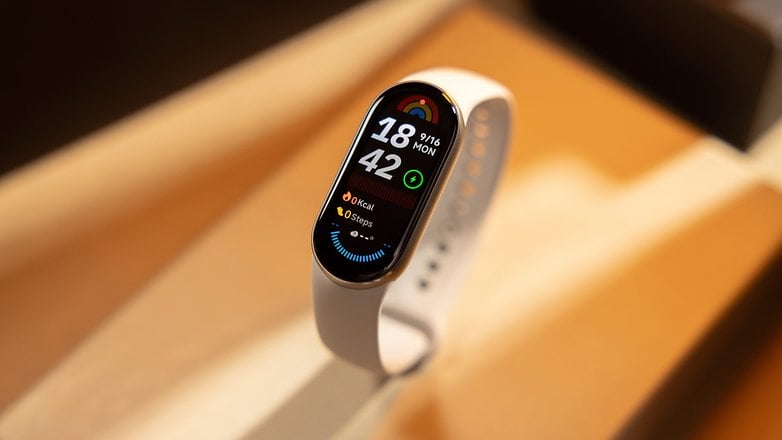
Like the chassis, the display also remained largely identical, with the specifications listed further down in this review. What is new, however, is how the 60 Hz AMOLED panel illuminates up to 1,200 cd/m2 now, making it twice as bright as last year’s model.
Software and operation
The usage of this fitness tracker has changed … not! That’s okay, because the software ran smoothly, operation is intuitive even without hardware buttons, and I don’t really miss anything for an affordable fitness tracker. Of course it’s not particularly exciting.
Pros:
- Fortunately, there a no major changes.
Cons:
- It’s too bad there are no major changes.
Yes, I actually think that both viewpoints are valid: First, it’s good that not much has changed. This is because its operation remained intuitive and anyone can quickly find their way around regardless of whether they already use a Smart Band or are completely new to it. Second, it is a shame that so little has changed.
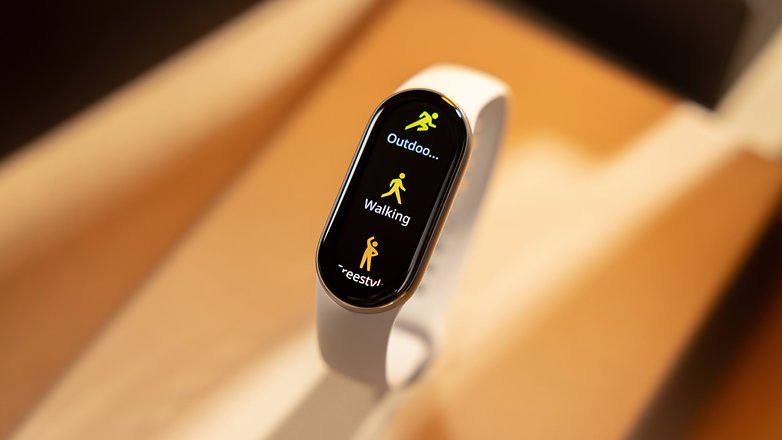
There are simply no major innovations in terms of operation. You continue to swipe through the various screens and widgets. I particularly liked how the widgets can be called up by swiping sideways. You can place frequently used widgets here. This is a good thing because Xiaomi occasionally hid functions such as a stopwatch or the smartphone’s camera control deep within the menu.
If you want to use the device, you are still tied to the Mi Fitness app so there is nothing new to report here, either. Setting up the device itself was a straightforward and quick affair. The software looked largely unchanged compared to its predecessors. Only when checking the version number did I notice how Xiaomi now refers to the system as HyperOS.
Fitness, health and other functions
Xiaomi has not really upgraded the functions this time around. If you own the predecessor, you will find it easy to use, but will be left wanting when it comes to new features. However, some measurements have become more precise.
Pros:
- Improved sleep tracking.
- Many (over 150) sports modes.
Cons:
I’ll be the first to admit that the temptation was there to take Matt’s review of the Smart Band 8 and quickly give a runaround of the fitness tracker’s functions through ChatGPT to come up with a rehash. This is because very little has changed from the previous version. It’s almost logical when you consider that over 150 sports modes alone are offered. How can you expand this category without having to resort to exotic sports such as hot dog eating competitions or musical chairs?
You’ve guessed it: if so little has changed, that means we’re still missing GPS and NFC functionality. Hence, you can forget about making mobile payments or running while leaving your smartphone at home in 2024.
Whether it’s heart rate monitoring or measuring your blood oxygen levels, steps taken, calories burned, or your sleep: Xiaomi claims its new fitness wristband performs more precise measurements. Unfortunately, due to a lack of comparison values, I cannot really understand how they arrived at this conclusion. I don’t have any medical equipment or a high-quality tracker including a chest strap. Hence, the most I did was going for a run and tracking the distance, steps, etc. with other apps from competitors.
I launched Adidas Running (previously known as Runtastic), Google Fit, and Samsung Health and compared them with the Smart Band 9. Take a look at the results in the gallery, but you have been forewarned: It’s no coincidence when we tell you in these benchmarks the values obtained are only meant to be an estimate and do not provide a medically accurate measurement.
Measurements may actually be a little bit more consistent now, but there’s one thing I actually noticed that worked better now: sleep tracking! I had the feeling the Smart Band 8 Pro (review) that something was moving in the right direction, and this trend is confirmed. Deep sleep phases and night-time waking phases were precisely recorded.
The only problem for me? After seven days of sleep tracking, the app wants to let you know about your “sleep animal” and provide you with further analysis options for your sleep behavior. I did this for seven nights in a row. However, Xiaomi still won’t tell me my damn sleep animal and says I have to measure my sleep for two more nights. If something earth-shattering happens then, I’ll update the review here accordingly.
Can I tell you more about its features? Yes, I could, but I honestly don’t want to. Very little has changed and now I can think about it more: Am I now praying for the umpteenth time that the Mi Fitness app breaks down all the measured data very nicely, with statistics and all that jazz? How about the ability to measure and track your menstrual cycle, stress, or blood sugar levels again? No, I’ll spare you and myself that. Just read our previous reviews, where all the fun is discussed in greater detail.
Just one quick thing, even if it’s not new: for some measurements, you first have to activate permanent tracking in the settings and yes, such constant measuring also drains the Smart Band 9’s battery.
Battery and charging
Xiaomi increased the battery size and extends the battery life this time round, which is great! However, wireless charging is not supported and the included charging cable is still far too short for me.
Pros:
- Battery increased to 233 mAh.
- Long battery life.
Cons:
- No charger included.
- Short cable.
- No wireless charging.
I opted for a different strategy for the review this year and bitterly regret it. I usually turn everything on with the Smart Band: Display on at maximum brightness, Always-On Display included. From there, I enable all the notifications, i.e. mirroring everything that also appears on the smartphone. The vibration motor? It is also enabled, of course. The result? A minimum runtime of sorts.
Of course, this is not set in stone because I don’t get involved in as much physical activity as most people who buy a fitness wristband specifically for sports and health tracking. That’s why I gave it a more realistic run this time: I left out the Always-On Display because the arm movement to activate the display was enough for me anyway, I disabled notifications during the weekend and also the vibration motor.
The story ends like this. I’ve been using the damn wristband for a week now and I’m at 47 percent battery life. Hence, I’m probably looking at around 14 days with my current use pattern. It would be too long to wait until it runs dry for this review, as I do not have the luxury of time to do so. Hopefully this information is enough for you.
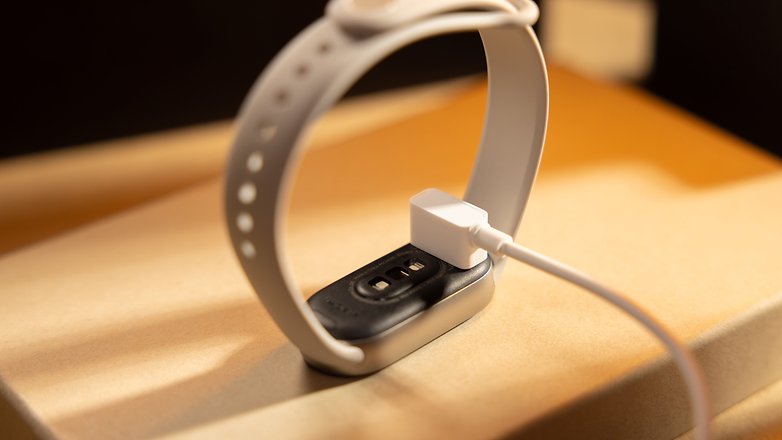
As I mentioned, we all use these trackers differently. That’s why we don’t usually achieve the “up to 21 days” runtime that Xiaomi touts, but below that, we’re probably all pretty far apart depending on our usage pattern.
Xiaomi informed us the battery life has significantly increased from 16 days last year to 21 days and with the Always-On Display enabled, 9 days are possible. This is also due to the increased capacity of the Smart Band 9, because it swapped out the 190 mAh battery for a 233 mAh battery.
Beyond that, everything remains the same: You can fully charge the device in just under an hour. The cable with the magnetic charging contact is included and is still way too short. Forget about finding a power adapter in the box in 2024, either.
Xiaomi Smart Band 9 technical specifications
| Technical specifications | |
|---|---|
| Device | |
| Image |
 |
| Display | 1.62 inch AMOLED 192 x 490 px (326 ppi) 60 Hz refresh rate up to 1,200 cd/m2 2.5D tempered glass |
| Dimensions | 46.53 x 21.63 x 10.95 mm (H x W x D) |
| Weight | 15.8 g (without wristband) |
| Colors | Midnight Black, Glacier Silver, Mystic Rose, Arctic Blue, Titan Gray |
| Battery capacity | 233 mAh Fast charging support Only charging cable is included |
| Protection | 5 ATM |
| Connectivity | Bluetooth LE |
| Sensors | Accelerometer / gyroscope sensor / optical heart rate sensor / ambient light sensor |
| Other features | Compatible with Android 8.0 (or higher) iOS 12.0 (or higher) over 150 sports modes |
Conclusion
If you belong to the “never change a winning formula / if it ain’t broke, don’t fix it” faction, this fitness tracker is for you! In this case, everything is pleasantly identical to what you know from its predecessors. There are significant differences in the much brighter display and the larger battery capacity, but nobody can really have anything against that, can they?
Functionally, we are treading water a little, although “a little” is probably the understatement of the year. Sleep tracking has improved and I imagine that data collection has generally become more precise. However, why is NFC, which is available in China, not available here and why is there no GPS?
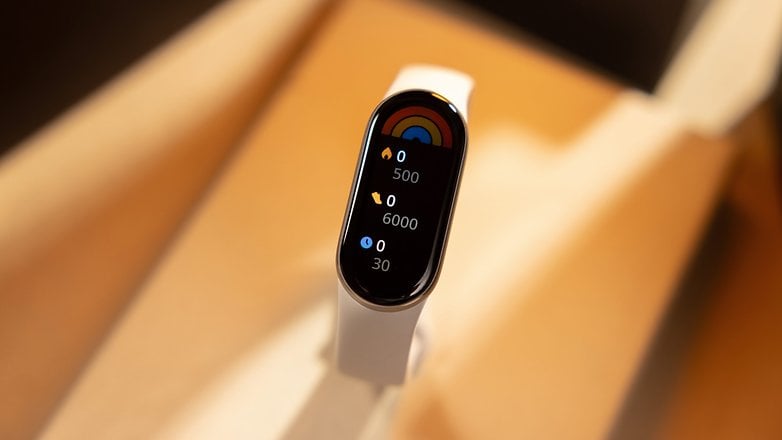
In fact, I believe that the story of the Xiaomi Smart Band is about to come to an end. If you have the predecessor, the Xiaomi Smart Band 8, in your possession, you can sit back and relax and perhaps take another look at Xiaomi’s affordable fitness tracker in 2025. If you don’t own a more recent fitness wristband from Xiaomi and, like me, aren’t overly motivated when it comes to physical activities and fitness, you can go for it: $60 for this device is more than fair!
However, if you’d rather shop around first, take a look at our list of the best fitness trackers of 2024. I’m sure you’ll be able to find what you’re looking for there!
What do you think? Has Xiaomi made sensible improvements to its affordable fitness companion? Or do you miss features or hardware elements on the Xiaomi Smart Band 9? Do let us know!

